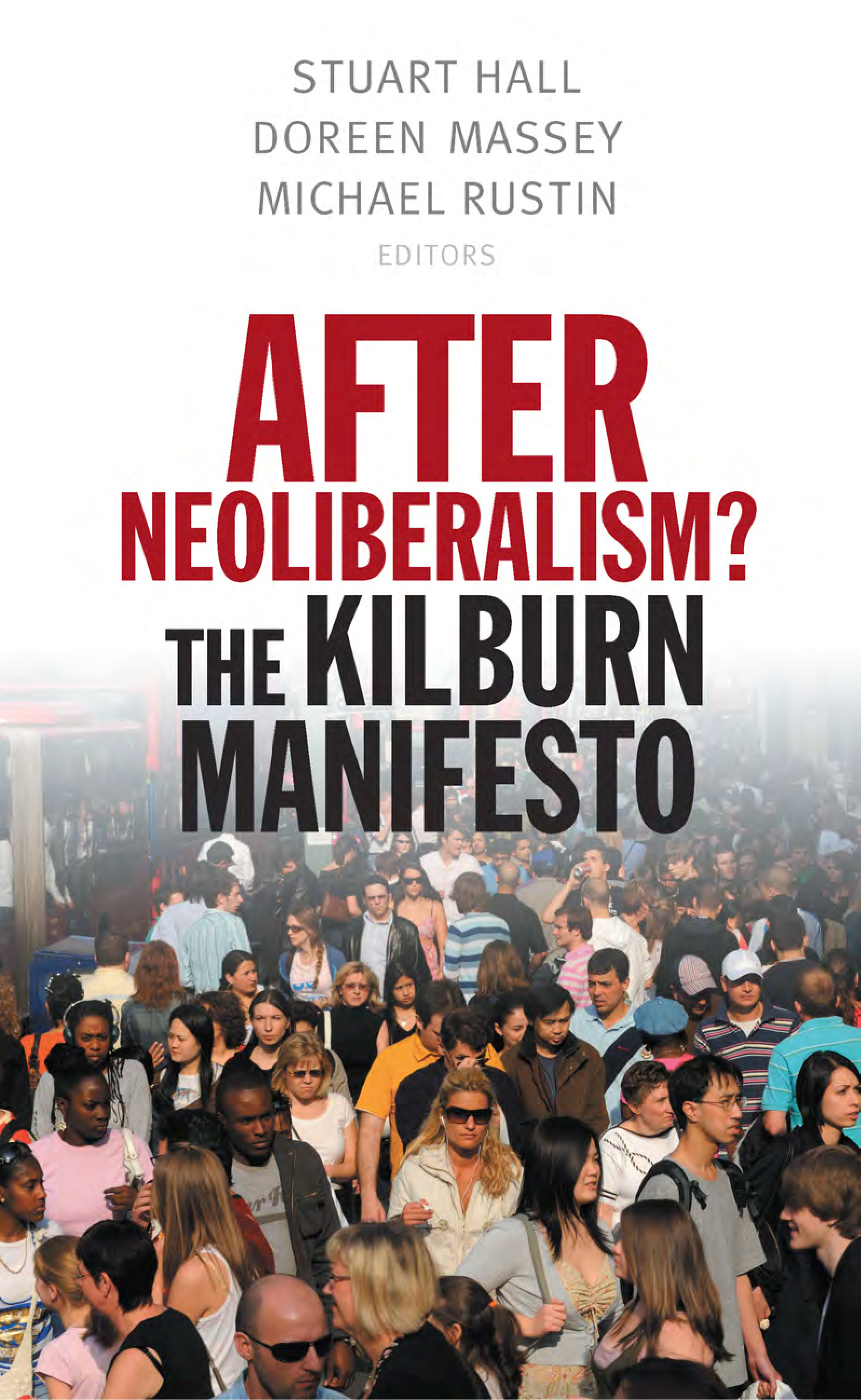Doreen Massey
A Global Sense of Place,
in Space, Place and
Gender. Minneapolis:
University of Minnesota Press, 1994.
University of Minnesota Press, 1994.
While Kilburn may have
a character of its own, it is absolutely not a seamless, coherent
identity, a single sense of place which everyone
shares.
Take, for instance, a walk down Kilburn High Road, my local shopping centre. It is a pretty ordinary place, north-west of the centre of London. Under the railway bridge the newspaper stand sells papers from every county of what my neighbours, many of whom come from there, still often call the Irish Free State. The postboxes down the High Road, and many an empty space on a wall, are adorned with the letters IRA. Other available spaces are plastered this week with posters for a special meeting in remembrance: Ten Years after the Hunger Strike. At the local theatre Eamon Morrissey has a one-man show; the National Club has the Wolfe Tones on, and at the Black Lion there's Finnegan's Wake.
In two shops I notice this week's lottery ticket winners: in one the name is Teresa Gleeson, in the other, Chouman Hassan. Thread your way through the often almost stationary traffic diagonally across the road from the newsstand and there's a shop which as long as I can remember has displayed saris in the window. Four life-sized models of Indian women, and reams of cloth. On the door a notice announces a forthcoming concert at Wembley Arena: Anand Miland presents Rekha, life, with Aamir Khan, Salman Khan, Jahi Chawla and Raveena Tandon. On another ad, for the end of the month, is written, 'All Hindus are cordially invited'. In another newsagents I chat with the man who keeps it, a Muslim unutterably depressed by events in the Gulf, silently chafing at having to sell the Sun.
Overhead there is always at least one aeroplane - we seem to have on a flight-path to Heathrow and by the time they're over Kilburn you can see them clearly enough to tell the airline and wonder as you struggle with your shopping where they're coming from. Below, the reason the traffic is snarled up (another odd effect of time-space compression!) is in part because this is one of the main entrances to and escape routes from London, he road to Staples Corner and the beginning of the M1 to 'the North'.
This is just the beginnings of a sketch from immediate impressions but a proper analysis could be done of the links between Kilburn and the world. And so it could for almost any place. Kilburn is a place for which I have a great affection; I have lived there many years. It certainly has 'a character of its own'. But it is possible to feel all this without subscribing to any of the static and defensive - and in that sense reactionary - notions of 'place' which were referred to above. First, while Kilburn may have a character of its own, it is absolutely not a seamless, coherent identity, a single sense of place which everyone shares. It could hardly be less so. People's routes through the place, their favourite haunts within it, the connections the make (physically, or by phone or post, or in memory and imagination) between here and the rest of the world vary enormously. If it is now recognized that people have multiple identities then the same point can be made in relation to places. Moreover, such multiple identities can either be a source of richness or a source of conflict, or both.
One of the problems here has been a persistent identification of place with 'community'. Yet this is a misidentification. One the one hand, communities can exist without being in the same place - from networks of friends with lie interests, to major religious, ethnic or political communities. On the other hand, the instances of places housing single 'communities' in the sense of coherent social groups are probably - and, I would argue, have for long been - quite rare. Moreover, even where they do exist this in no way implies a single sense of place. For people occupy different positions within any community. We could counterpose to the chaotic mix of Kilburn the relatively stable and homogeneous community (at least in popular imagery) of a small mining village. Homogeneous? 'Communities' too have internal structures. To take the most obvious example, I'm sure a woman's sense of place in a mining village - the spaces through which she normally moves, the meeting places, the connections outside - are different from a man's. Their 'senses of the place' will be different.
Moreover, not only does 'Kilburn', then, have many identities (or its full identity is a complex mix of all these) it is also, looked at in this way, absolutely not introverted. It is (out ought to be) impossible even to begin thinking about Kilburn High Road without bringing into play half the world and a considerable amount of British imperialist history (and this certainly goes for mining villages too). Imagining it this way provokes in you (or at least in me) a really global sense of place.
